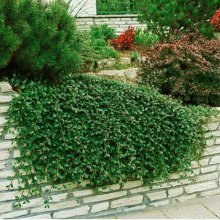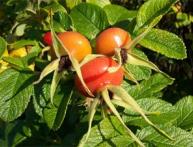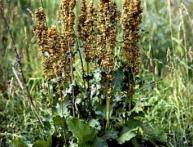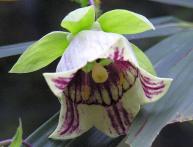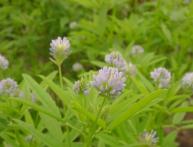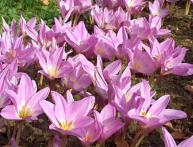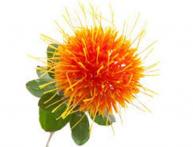Cotoneaster dummera, description of the plant, its use in folk medicine
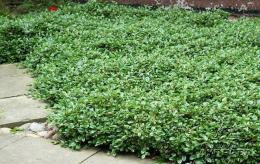
There are plants that are so unpretentious that they say about them: plant and forget. They are trying to separate them Location on many gardeners. It is doubly pleasant to have such plantings in the garden if they are able to please the eye at any time of the year. The look at them lingers even in winter.
Dummer cotoneaster is one of these plants. Let's try to figure out why it is attractive and how it can be used in garden plantings.
Content:
- Dummer cotoneaster, description, use in the garden, varieties
- Choosing a location and planting cotoneaster dummer on the site
- The use of cotoneaster in folk medicine
Dummer cotoneaster, description, use in the garden, varieties
Plants from the genus Cotoneaster, the Rosaceae family grow almost throughout the Eurasian continent, and are also found in Africa. The genus is represented by almost three hundred species of shrubs or small trees. Almost 80 species of cotoneaster and its varieties are used in landscaping and landscape design. One of these species is the dummer cotoneaster.
The plant is most often found in the wild in the mountainous areas of central China. The shoots of wild-growing cotoneaster dummer rise above the ground no higher than 30 cm. Although there are varieties up to one meter high. They extend horizontally above the surface of the earth, branching is also in the horizontal plane.One bush of cotoneaster dummer can grow in different directions up to one and a half meters.
The leaf blades are small, elongated, oval. Their length is no more than 2 cm. The leaves are leathery, with their dark green color and ability to stay on the branches for a long time, they make the plant look like evergreen forms. The flowers of cotoneaster dummer are small, white, less often light red. They appear from the third decade of June and bloom until mid-July.
It begins to bear fruit when grown from seeds in the seventh year of life. In September, next to the dark shiny foliage, red, orange, and coral colored fruits appear. Their size is 0.5 - 0.6 cm. They fit quite closely on shoots cotoneaster When in late autumn the fruits are still hanging on the branches and the leaves turn purple-red, the bush becomes even more decorative and colorful. At their core, cotoneaster fruits are false drupes, with two to five seeds inside.
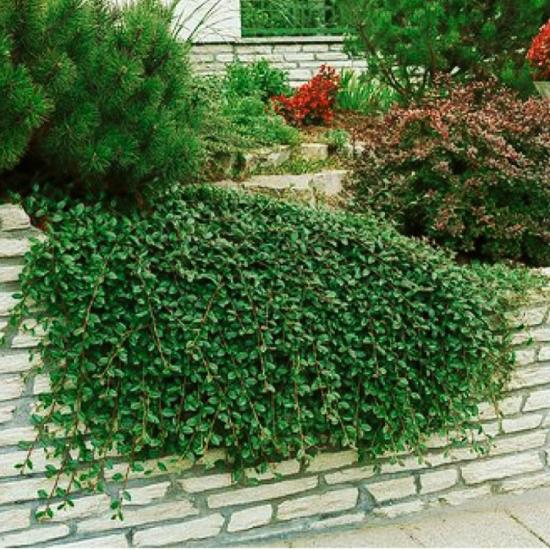
Dammer cotoneaster is one of the most unpretentious and frost-resistant species. The plant is indispensable when creating alpine slides, for landscaping vertical slopes and retaining walls. Tall varieties can be used as screen plants, masking not very attractive places and buildings.
Can be used as a border and ground cover plant, as well as hedges. Among the varieties of cotoneaster dummer there are no large plants; most often these are low-growing varieties, with shoots less than a meter high, and medium-sized plants, the height of which does not exceed 2 m. The most popular varieties include:
- Juergl - shoot height up to 0.6 m, dark green leaves, red berries
- Major - prostrate shrub with a shoot height of 15 - 20 cm, green leaves in summer, turning bright orange in autumn
- Cardinal - up to half a meter high, light red berries, dark green leaves
All varieties are enough unpretentious, but still we’ll try to figure out where the cotoneaster will feel best.
Choosing a location and planting cotoneaster dummer on the site
Prefers places with bright sunlight. In such places all decorative qualities are most evident. It also grows quite well in light shade. Dammer cotoneaster grows on any soil, but it is still best to plant it in light soils with a slightly alkaline reaction. If the soils are heavy and acidic, adding sand and lime will help to grow dummer cotoneaster.
It easily tolerates long-term drought and does not tolerate very wet places with stagnant water. Taking into account the not very good germination of seeds, in amateur gardening it is best to use seedlings obtained either from rooted cuttings or by separating rooted cuttings.
The distance between seedlings should be up to 1.2 - 1.5 m. Before planting, add a tablespoon of nitrogen, phosphorus and potassium fertilizers to the planting hole. The seedling is placed in a hole, the roots are straightened, and they are covered with soil. Immediately after planting you need to water it with water. Mulch the surface. Plants bloom in the second or third year after landings seedling.
When sowing seeds, you need to remember the long period of dormancy and the need for stratification. Sowing is carried out in the fall only the next year after collecting the seeds. No more than 40% of seeds germinate. Such plants bloom only in the seventh year.
Video review of cotoneaster dummer:
Basic care is not difficult. Before the seedling takes root, weeds must be removed.Although most varieties grow slowly, mature plants still require formative pruning. It can grow in one place for at least 20 years. After which the plant can be replanted, simultaneously dividing the mother bush. Cotoneaster can be used not only for beauty, but also as a medicinal plant.
The use of cotoneaster in folk medicine
The plant is considered a medicinal plant due to the fact that its leaves and fruits contain:
- vitamin C
- flavonoids
- glycosides
- coumarins
- natural resins
A small amount of hydrocyanic acid is present in seeds plants. Cotoneaster is used for:
- diseases of the gastrointestinal tract
- swelling
- neurasthenia
- epilepsy
- scabies
- eczema
- diarrhea of unknown origin
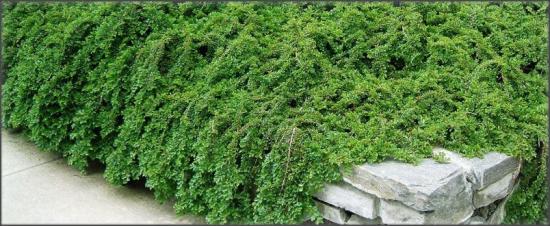
Most often, a water infusion is prepared from the leaves and shoots of cotoneaster. To do this, take a tablespoon of dried and crushed raw materials. Pour a glass of boiling water over everything. Let it sit for two hours. Then take a quarter glass 2-3 times a day. This infusion helps cure stomach ulcers, gastritis, and gastroenteritis. If you have nervous excitability, you can brew tea from the leaves and fruits and drink it.
Cotoneaster fruits can be used for cooking at home dietary sweets. Despite many advantages, cotoneaster has one drawback. It can be a host plant for bacterial blight pathogens of tree fruits.

